1. The “Suicide Doors” on the 1930s Lincoln Zephyr

You might think that doors opening backwards would be a safety nightmare, but in the 1930s, Lincoln Zephyrs flaunted this feature with pride. Called “suicide doors,” they opened opposite to the front doors, creating a cool, streamlined look. However, modern drivers would find this baffling as they rely on car doors that are designed to stay closed in even the smallest of collisions. If you ever rode in a Zephyr, you’d need to hold your breath every time you closed one of those doors.
2. The Tailfins of the 1959 Cadillac Eldorado
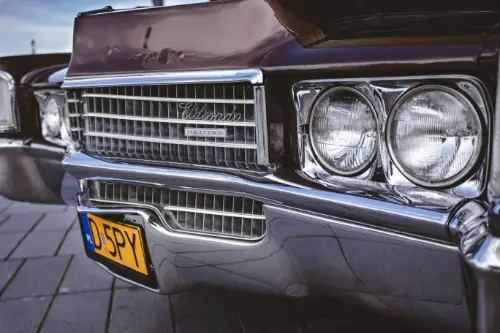
The 1959 Cadillac Eldorado didn’t just drive; it made a statement. With its tailfins, inspired by the design of aircraft, the car screamed “futuristic.” Modern drivers are used to sleek, aerodynamic shapes designed for efficiency, not bold, exaggerated rear-end designs. If you were behind the wheel of an Eldorado, you’d probably spend more time turning heads than focusing on the road.
3. The Crank Starter on the 1920s Ford Model T
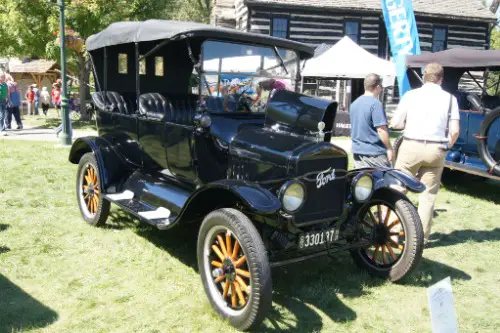
While it might seem like something out of an old movie, starting the 1920s Ford Model T required a manual crank. No turn of the key, no push of a button — you cranked it by hand, hoping it wouldn’t backfire and send your arm flailing. Today, this feature would seem like a relic from the stone age, with drivers accustomed to push-to-start technology.
4. The Manual Choke on the 1950s Chevrolet Bel Air
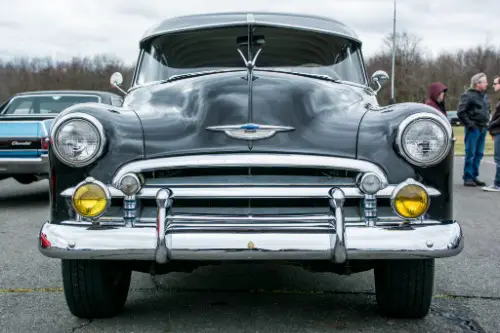
Modern cars have sensors that automatically adjust the engine’s air-fuel mixture, but back in the 1950s, cars like the Chevrolet Bel Air came with a manual choke. You’d pull it out before starting the car to adjust the engine’s performance. Not only would today’s drivers find this unnecessary, but the idea of manually fine-tuning the engine before you could even drive would likely be a deal-breaker.
5. The “Hood Ornament” of the 1937 Packard Super 8
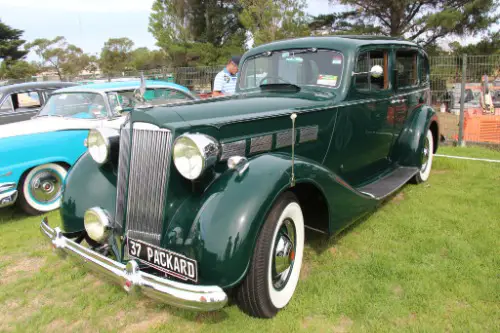
In the age of minimalist design, the 1937 Packard Super 8’s hood ornament seems like a step too far. It wasn’t just decorative — it was a symbol of status and luxury. Modern drivers would question why anyone would add a shiny, sharp, potentially dangerous object to the front of their car when today’s designs focus on safety, efficiency, and simplicity.
6. The Handbrake Lever of the 1955 Mercedes-Benz 300SL
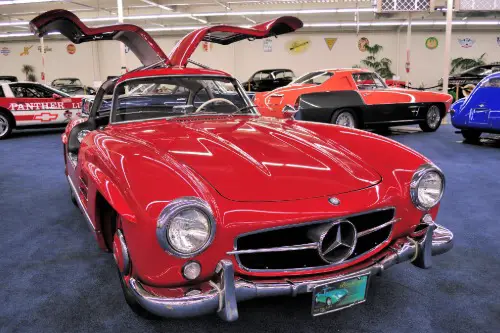
Imagine trying to park your car on a hill and pulling a long, cumbersome lever that requires some serious muscle to engage. The 1955 Mercedes-Benz 300SL had a handbrake lever that looked like something from a vintage train. While modern cars have electronic parking brakes at the push of a button, using this old-school lever would feel like a workout.
7. The Bench Seat in the 1956 Chevrolet Bel Air

For those who like sitting close to others, the bench seat in the 1956 Chevrolet Bel Air was a dream. It meant that drivers and passengers could sit shoulder-to-shoulder — great for family road trips or just a more communal driving experience. But modern drivers are used to individual bucket seats that offer comfort and personal space. Sharing a seat with someone for a long journey? Not exactly what modern drivers are looking for.
8. The “Wind-Up” Radio in the 1947 Buick Roadmaster
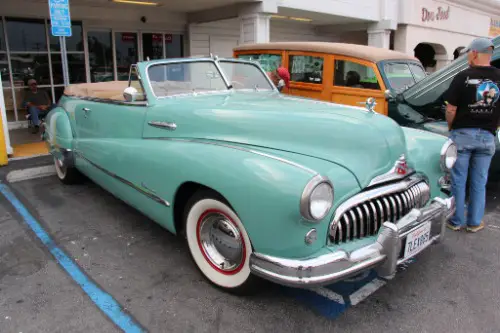
Before digital radios and Bluetooth were even a concept, the 1947 Buick Roadmaster’s radio had a manual tuning knob that required careful adjustment. Modern drivers would be baffled by this pre-set system, where you had to twist and turn the dial with finesse, hunting down the right station instead of letting a touchscreen do all the work.
9. The “Armrest” Window Crank in the 1967 VW Beetle
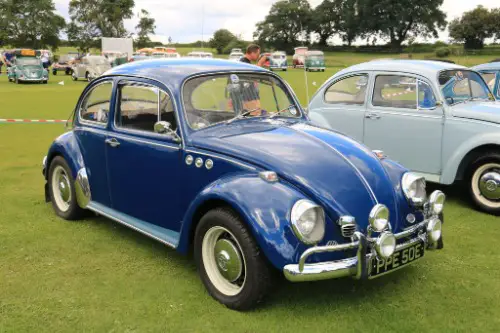
Instead of a power button, the 1967 Volkswagen Beetle featured a quirky armrest window crank. If you wanted to roll down your window, you had to manually twist the handle. Today, with just a press of a button, the idea of a manual window feels almost medieval. And don’t even get me started on the muscle workout it took to turn that handle over and over.
10. The Dashboard “Speedometer and Odometer Combo” of the 1940s Buick Special
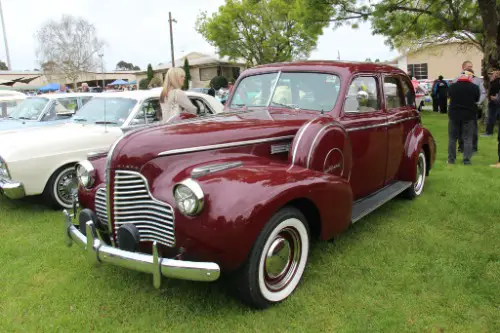
The dashboard of the 1940s Buick Special featured a unique combination of a speedometer and odometer in one gauge. Drivers today would find it strange to track miles and speed in a single display without all the digital tech of separate, clearly marked screens. Imagine trying to glance at one gauge to see both how fast you’re going and how far you’ve driven!
11. The Floor-Mounted Dimmer Switch in the 1951 Ford F-1
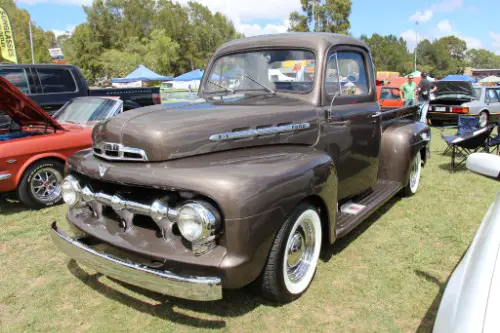
The 1951 Ford F-1 pickup had a floor-mounted dimmer switch that required drivers to push a button with their foot. While it may have been convenient to operate while steering, modern cars have a dimmer switch right on the dashboard, giving drivers full control without diverting their attention from the road. The idea of tapping your foot to change headlights seems almost ridiculous today.
12. The Rearview Mirror “Day/Night” Switch on the 1970s Cadillac Coupe de Ville

In the 1970s Cadillac Coupe de Ville, the rearview mirror had a simple manual switch to change it from a “day” to a “night” mode, to minimize glare from headlights behind you. Modern mirrors have automatic dimming features, so the thought of flipping a small lever in the dark while driving would seem like a relic that has no place in the world of hands-free, intelligent vehicle features.
Driving vintage cars is an experience in itself — from manual cranks and levers to those flamboyant tailfins. These quirky features remind us how far we’ve come, but also how much we’ve come to expect from our modern rides.


